In 2016 we decided to start working with South America. Several times a year the representatives of our company halfway around the world so that everybody could learn more about Bitrix24. While dealing with other countries one tends to sink deep into their culture and explore local know-hows. Here we'd like to share with you some of our brightest discoveries.
The first one is a unique success story of the Inca Kola company. It also happens to be an iconic story of a rivalry between a family business and a multinational corporation used to seeing itself as Bruce Almighty.
For decades a small local brand producing a sweet, yellow, carbonated soft-drink had been fighting the Coca-Cola giant and in the end, it had become a competitor that Coca-Cola never managed to beat. In the end, the corporation purchased half of Inca Kola’s assets but nonetheless, it never managed to conquer the local market.
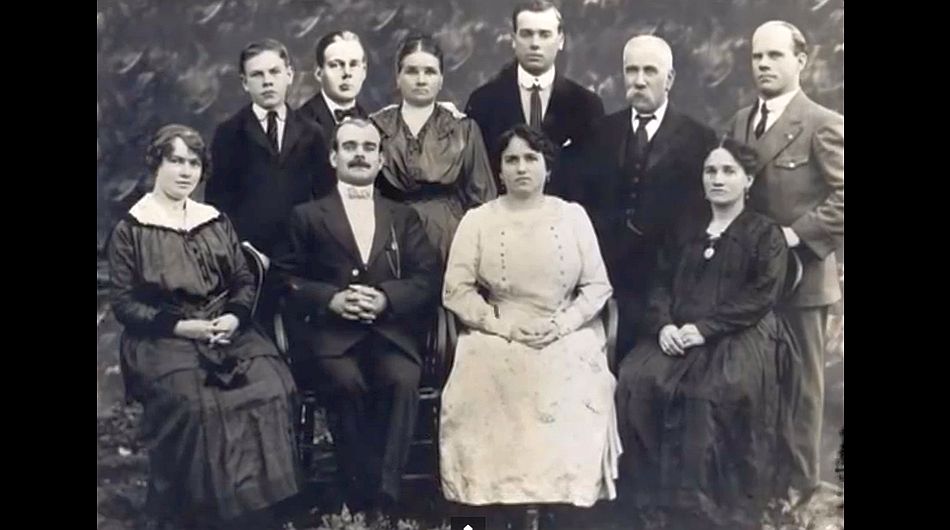
In 1910 Joseph Robinson Lindley and his family emigrated from Great Britain to Peru in search of a better life. They settled by the river and José Lindley founded a small bottling company. He started with a line of sodas — Lemon Squash, Orange Squash, Uvital and Lindley Dry — and soon the soft drinks became quite popular among the Peruvians. The drinks were mixed and bottled by hand. In 1918 a traditional family business faced its turning point: Lindley bought a semi-automatic machine to replace humans in the bottling process. The ball was set rolling.
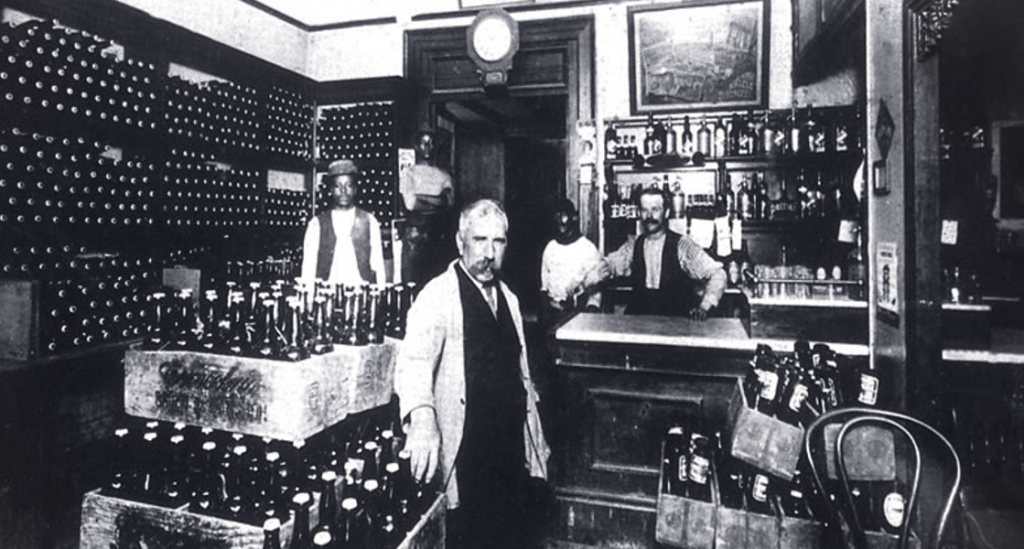
The 1920s was a decade of dramatic change: the first transatlantic TV-signal and phone call between Paris and New-York were followed by the Great Depression. Yet in 1928 the company was formally registered as Corporación José R. Lindley S.A., and José Lindley became its first General Manager. At the height of the Great Depression don José decided to start looking for new solutions and in 1935 the company launched a brand-new carbonated soft-drink called Inca Kola. First, it gained popularity in Lima’s working-class districts but quickly spread all over Peru.
The Lindleys experimented with various flavors and the quantity of carbon dioxide. Finally, they mastered a combination consisting of 13 herbs. The exact formula is still a secret but one thing we know for sure is that one of the ingredients not listed on the bottle is lemon verbena, known as Hierba Luisa in Peru. It’s often used in herbal teas or added as a flavor to cold drinks and local dishes. Some people describe Inca Kola as bubblegum in a bottle.
The company launched it with the slogan: "There is only one Inca Kola and it's like no other". By the mid-40s Inca Kola conquered the local market with its aggressive marketing strategy. The company positioned Inca Kola as a traditional Peruvian drink using indigenous iconography and patriotic sloganeering. The approach proved to be very effective.
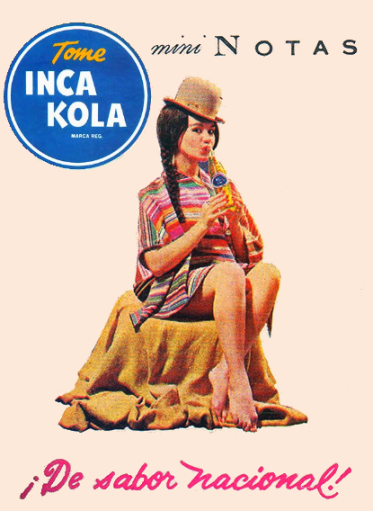
By the mid-20th-century, riots in Peru, military regimes and terrorism, had severely impacted the Lindley family and their business. Don José died, leaving his son, don Isaak, in the driving seat.
Moreover, two newcomers shook the market: Coca-Cola and Pepsi Cola. The companies were fighting hard for market share. Don Isaak decided to postpone the dividend payout. Instead, he bought some cutting-edge equipment to push forward the company's industrialization. He improved customer service and invested in the company’s staff. Don Isaak was very attentive to his employees and sought to motivate them on every possible level. He created Centro de Madres. He set up courses for employees' mothers and wives on baking, sewing, decorating and other arts. Furthermore, Don Isaak launched his own TV-channel and his son Johnny followed in his father’s steps with a corporate radio station. The company got to promote its products at no additional cost.
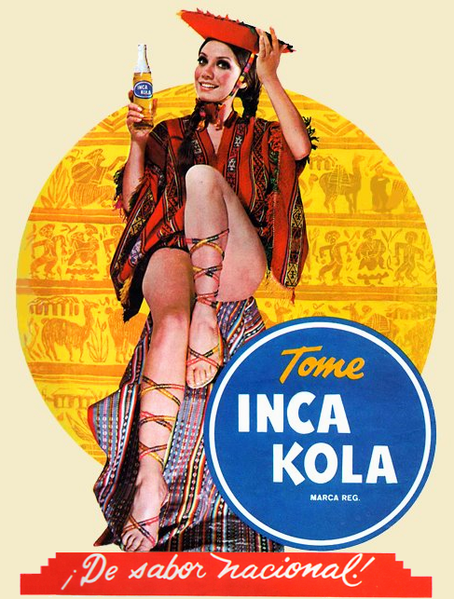
The Lindley Corp has always kept a watchful eye on technical progress. In 1997 the company decided to develop and install its own CRM-system to boost sales. It proved to be so efficient that the company ended up selling its CRM to various bottling companies in Thailand and India. In 1998 the company found itself in top-10 among all Peruvian companies that used German SAP. The same year the Lindley Corp. was awarded with various ISO certificates: ISO 9001 и 14001, OHSAS 18001, HACCP.
Coca-Cola was desperate to conquer the market but Inca Kola proved to be a rival it never actually managed to beat. In 1995, Coca-Cola had a 32% market share of soda sales in Peru, compared with Inca Kola’s slightly higher 32.9%. But after the turmoils of the 1980s came the hyperinflation of the early 1990s and the Lindley Corp. found itself in debt.They then decided it was time to unite with their rival and in 1999 Corporación José R. Lindley S.A. struck a deal with the Coca-Cola Company. Coca-Cola purchased half of Inca Kola and a 20% stake in the Lindley Corporation. The preparation process took quite a while. Coca Cola researched into local tactics and strategy, analysed the demand and national traits of local products, including Inca Kola. The drink was tightly tied to the national culture and Peruvian cuisine. They found out the drink goes very well with fish and traditional local dishes such as ceviche and lomo saltado.
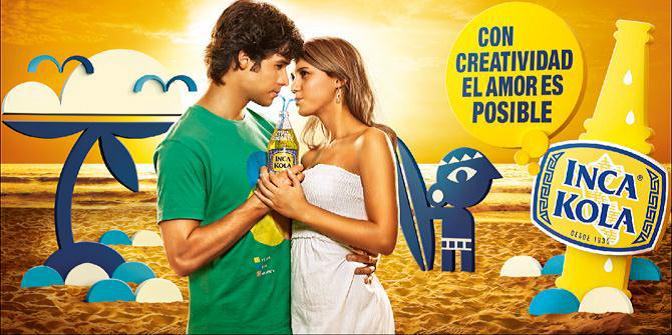
Today Inca Kola is sold in the US and Latin America. And surely, all over Peru. You’ll even find it in very smallest store in Peru. Glass bottles, cans and plastic jars hydrate millions of people all over the world. But for Peruvians Inca Kola is not just a soft drink. It's their national symbol, ancient history and diverse culture all in one. Indeed, Inca Kola is a unique cultural icon of Peru.
So when you see a Latin American eating fish & chips while drinking a bright yellow soda, don't get too surprised. Give credit to Joseph Lindley. Look, he's smiling right at you and waving from a faraway 1910 while his ship is sailing off into the Atlantic.
